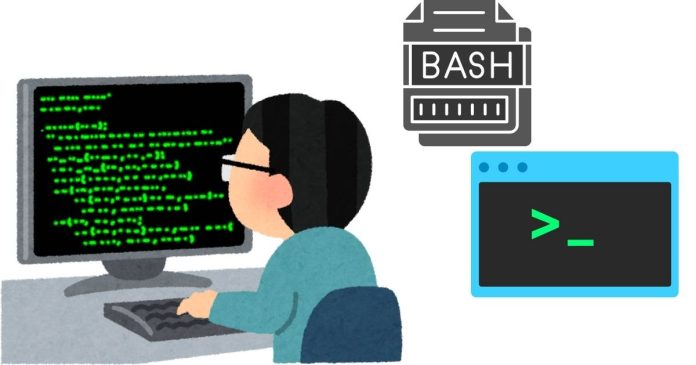In Bash scripting, it can be helpful to see the commands being executed, especially when debugging or understanding the flow of a script. Bash provides mechanisms to echo commands to the terminal as they are executed, giving you a step-by-step trace of the script’s behavior.
This article explains how to enable command echoing in Bash and provides practical examples for different use cases.
Enabling Command Echoing
The most common way to echo commands during execution is by enabling Bash’s execution trace mode using the set built-in command or a script shebang.
1. Using set -x
The set -x command turns on tracing, causing each command to be displayed on the terminal before it is executed.
Example:
#!/bin/bash
set -x
echo “This is the first command”
ls -l
set +x
echo “Tracing is now turned off”
Output:
+ echo “This is the first command”
This is the first command
+ ls -l
total 4
-rw-r–r– 1 user user 0 Jan 14 10:00 file.txt
+ set +x
Tracing is now turned off
Key Points:
+prefixes the echoed commands, indicating tracing output.set +xdisables tracing, allowing selective echoing of commands.
2. Using the Shebang
You can enable tracing for the entire script by adding the -x option in the shebang.
Example:
#!/bin/bash -x
echo “This is the first command”
ls -l
This approach automatically enables tracing for the entire script without needing explicit set -x.
3. Debugging Mode
Bash provides a debugging mode, bash -x, to execute scripts with tracing enabled.
Command:
bash -x script.sh
This runs the script and echoes each command as it is executed.
Selective Echoing
To enable tracing for only a portion of your script, wrap that section with set -x and set +x.
Example:
#!/bin/bash
echo “Start of the script”
# Enable tracing
set -x
echo “This command is traced”
ls -l
# Disable tracing
set +x
echo “End of the script”
Using PS4 for Custom Trace Output
The PS4 variable controls the prefix displayed before each traced command. By default, it is +. You can customize PS4 to provide additional context.
Example:
#!/bin/bash
PS4=’Line $LINENO: ‘
set -x
echo “Tracing with line numbers”
ls -l
set +x
Output:
Use Cases for Echoing Commands
- Debugging Scripts
- Identifying which commands are executed.
- Verifying variable values during script execution.
- Understanding Script Flow
- Useful when working with complex or unfamiliar scripts.
- Teaching and Documentation
- Demonstrating script execution step-by-step for educational purposes.
Best Practices
- Disable Tracing When Not Needed
Useset +xto turn off tracing after debugging sections to avoid cluttering the output. - Use Custom PS4 for Clarity
Add line numbers or timestamps to the trace output for better debugging. - Avoid Tracing Sensitive Data
Be cautious when tracing scripts that handle sensitive data (e.g., passwords) as it may be displayed in the trace.
Example:
#!/bin/bash
PASSWORD=”secret”
set -x
# Avoid exposing sensitive data in traces
echo “Connecting to the server”
# Sensitive command (avoid tracing this)
set +x
echo “Using password: $PASSWORD”
set -x
echo “Connected successfully”


